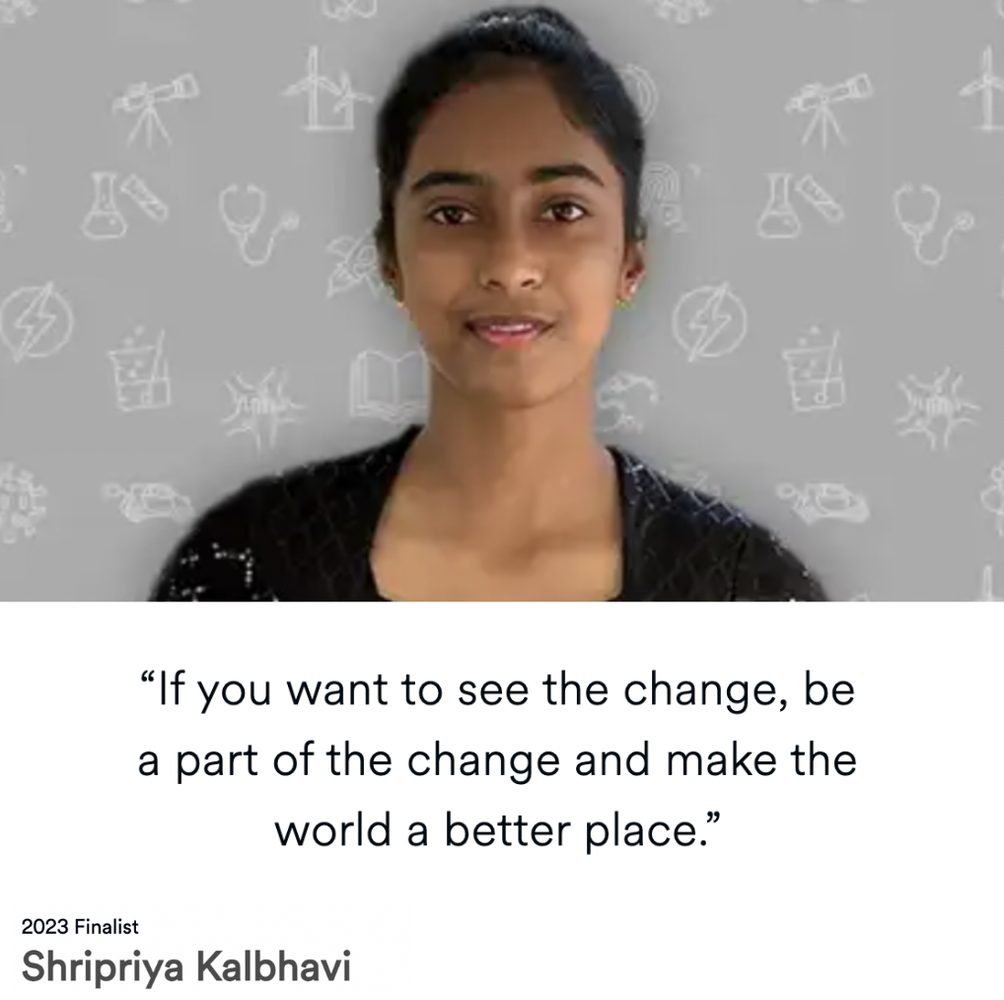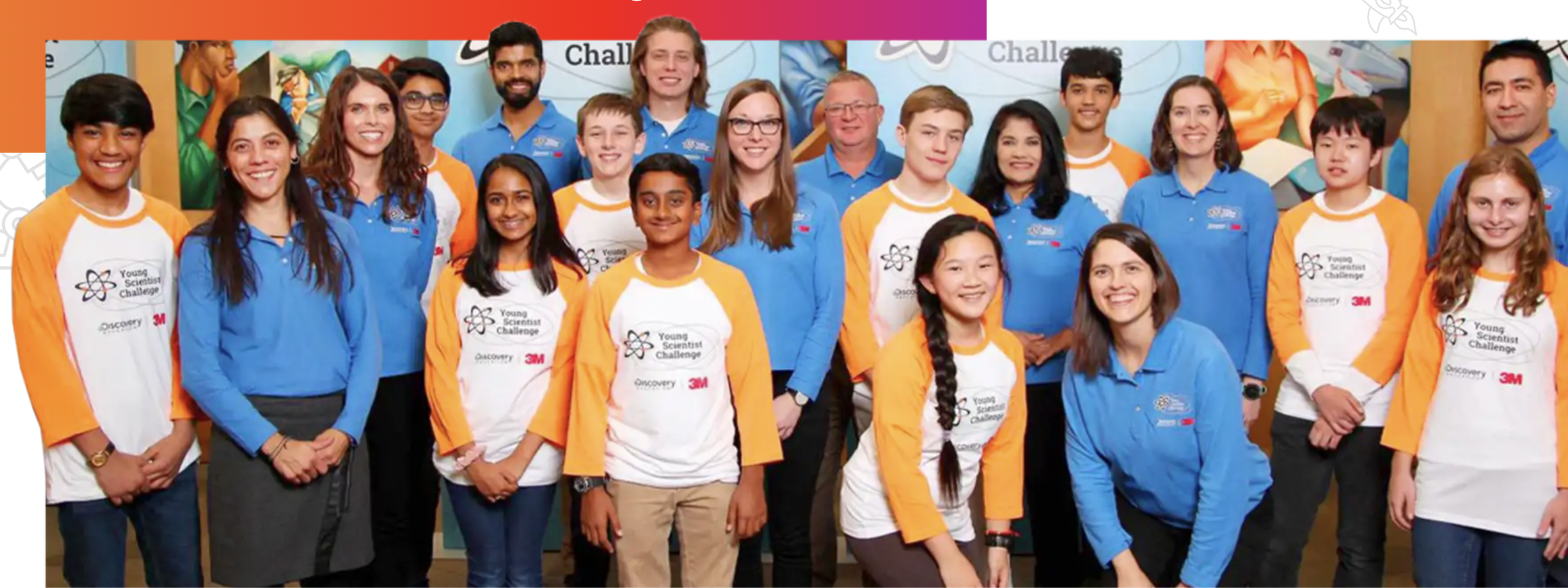A Soap That Treats Skin Cancer: How STEM Mentorship from 3M is Making All the Difference
A soap that treats skin cancer.
A patch that delivers medicine without pills or needles.
A glove that detects seizures and tracks them through a phone app.
All ground-breaking discoveries recently announced by 3M.
All developed by middle school scientists with mentors.
One of the reasons I love writing about the 3M Young Scientist Challenge every year is the mentorship aspect that inspires and empowers America’s Top Young Scientists. Now in its sixteenth year, the Young Scientist Challenge reaches deep into middle schools across the U.S. to pull novel STEM-based solutions to modern problems into brighter light.
"The need for scientists and innovators to develop solutions for the world's biggest challenges has never been greater,” remarked John Banovetz, 3M Executive Vice President, Chief Technology Officer and Environmental Responsibility, in a press release announcing the results. “This year's Young Scientist Challenge finalists have demonstrated the skills required to reimagine what's possible—intelligence, curiosity, collaboration, and resilience. The magnitude and complexity of the issues these young minds are working to solve is inspiring."
“This challenge is all about solving problems,” added Jayshree Seth, 3M Corporate Scientist and Chief Science Advocate, when I met up with her last week in New York City. “So, if you’re seeing that there is a problem that needs to be solved and it requires creative thinking – go for it! Because at the end of the day, science is about solving problems and improving lives. These students are doing that.”
They are indeed.
From first place winner Heman Bekele’s compound-based soap to treat skin cancer, to second place winner Shripriya Kalbhavi’s cost-effective microneedle patch to allow for self-automated drug delivery without needles or pills, or third place winner Sarah Wang’s glove that can detect certain types of epileptic seizures with common hand movements in third place, these teens and tweens share a vision for the future of discovery. Dreaming up STEM solutions to real-world dilemmas, Bekele, Kalbhavi and Wang, along with the other seven students comprising the ten finalists, may well be names we read about in the science books of tomorrow.
And what about the mentors?
Product Engineering Specialist, 3M Abrasives Automotive Aftermarket Division Deborah Isabelle mentored Bekele as he moved from finalist to 2023 Top Young Scientist, while PJ Flanigan, Sr. Research Manager in the Biosciences Laboratory, 3M Corporate Research Material Laboratory, worked with Kalbhavi on her microneedle medical patch. Stephanie Owen, Specialist Advanced Product Development, 3M Transportation and Electronics Business, served as mentor for Wang as she brought a glove capable of detecting certain types of epileptic seizures with common hand movements to reality, and all three STEM leaders are likely to follow their mentees’ work into the future.
The winners and finalists of the Young Scientist Challenge have gone on to secure game changing patents, give lauded TED Talks, be named as TIME Magazine’s first Kid of the Year, and make the Forbes 30 Under 30 List.
None of this happens without 3M mentorship.
“It is so critical that these students are paired with mentors,” emphasized Seth when we spoke, “because the mentors have a much better view of how to solve these problems. They do that all the time, so they [can] help the students understand how to think about the problem and what solution sets are accessible.”
“When I see the top scientists that come through the Young Scientist Challenge,” Seth concluded with sincerity, “I always think about what makes them TICK. And most people would say: it’s their Talent, their Intellect, their Curiosity, and their Knowledge. But if you really listen to them and you talk to them, you realize that…
“It’s not just their Talent…but their Tenacity when they’ve tried five different ways and called ten different people; it’s not just their Intellect…it’s the Initiative they took to solve the problem; it’s not just their Curiosity…it’s the way they use Creativity - you see it in their prototypes; and it’s not just their Knowledge…it’s also the Know-how - to create the program or write the code that makes it actually happen.”
“They make it look so easy,” Seth marveled as I nodded in agreement, “and it’s great to talk about talent, intellect, curiosity and knowledge, but really a lot more people have tenacity, initiative, creativity and know-how and that’s what is needed today.”
If that’s what is needed, then the world is better for it.
Because middle schoolers have it and 3M mentors know what to do with it.
Are we racing against the clock when we think about skin cancer, drug dosage or epilepsy? Yes. But knowing what makes rising scientists tick like Jayshree Seth does makes me feel secure about our STEM future and enormously proud of the innovators who will lead us.
Looking forward,
Illana
ÊXTRAS: Three more things about the Young Scientist Challenge you won’t want to miss: meet all of the 2023 finalists, mentors and judges here; learn more about how STEM students can enter the 2024 challenge here; and get a first-hand look at past winning entry presentations here. Know a stellar student you think should enter? DM me for more info!








